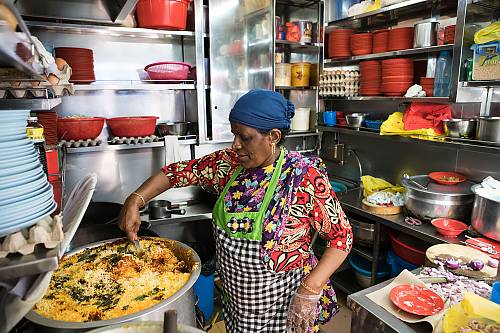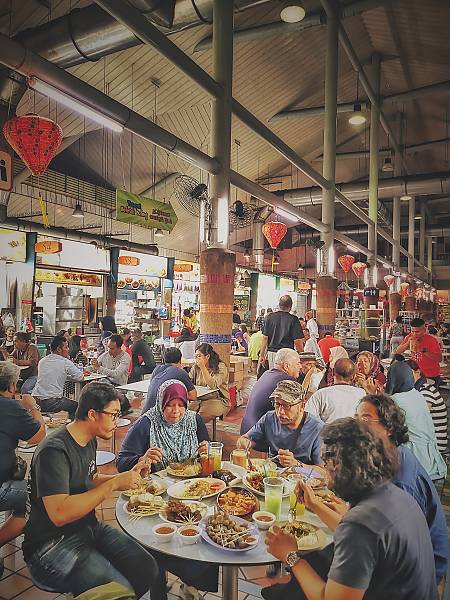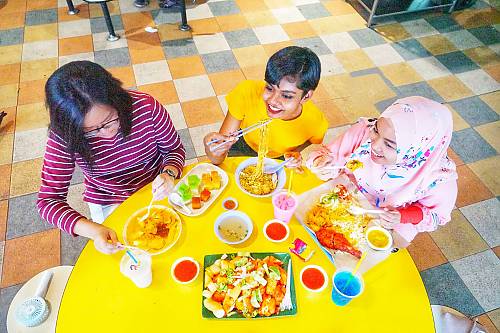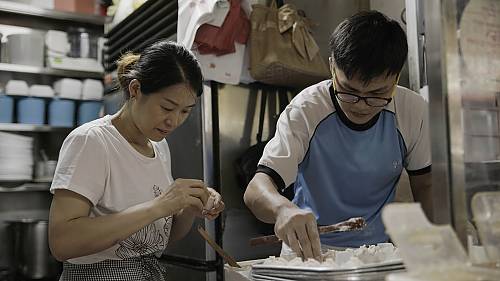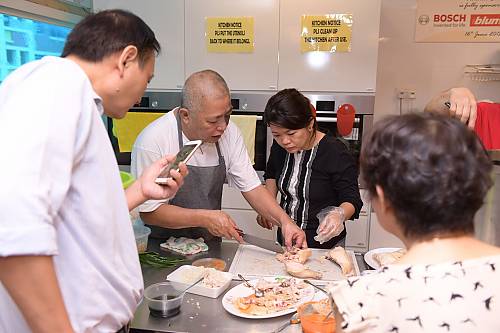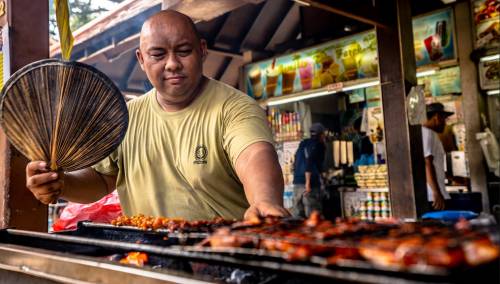Hawker culture in Singapore, community dining and culinary practices in a multicultural urban context
Inscribed in 2020 (15.COM) on the Representative List of the Intangible Cultural Heritage of Humanity
 © National Heritage Board (NHB), National Environment Agency and the Federation of Merchants' Associations, Singapore (FMAS), 2019
© National Heritage Board (NHB), National Environment Agency and the Federation of Merchants' Associations, Singapore (FMAS), 2019 Hawker culture in Singapore: community dining and culinary practices in a multicultural urban context is present throughout Singapore. Hawkers prepare a variety of food (‘hawker food’) for people who dine and mingle at hawker centres. These centres serve as ‘community dining rooms’ where people from diverse backgrounds gather and share the experience of dining over breakfast, lunch and dinner. Activities such as chess-playing, busking and art-jamming also take place. Evolved from street food culture, hawker centres have become markers of Singapore as a multicultural city-state, comprising Chinese, Malay, Indian and other cultures. Hawkers take inspiration from the confluence of these cultures, adapting dishes to local tastes and contexts. Today, hawker centres across Singapore continue serving the needs of diverse communities in residential, recreational and work districts. Some of the oldest hawkers started their practice in the 1960s. Many specialize in a particular dish, refined over many years, and transmit their recipes, knowledge and skills to younger family members or apprentices. Community organizations, non-governmental organizations and educational institutions play a significant role in promoting and sustaining hawker culture through training programmes, events and documentation projects. As a social space that embraces people from diverse socioeconomic backgrounds, hawker centres play a crucial role in enhancing community interactions and strengthening the social fabric.

